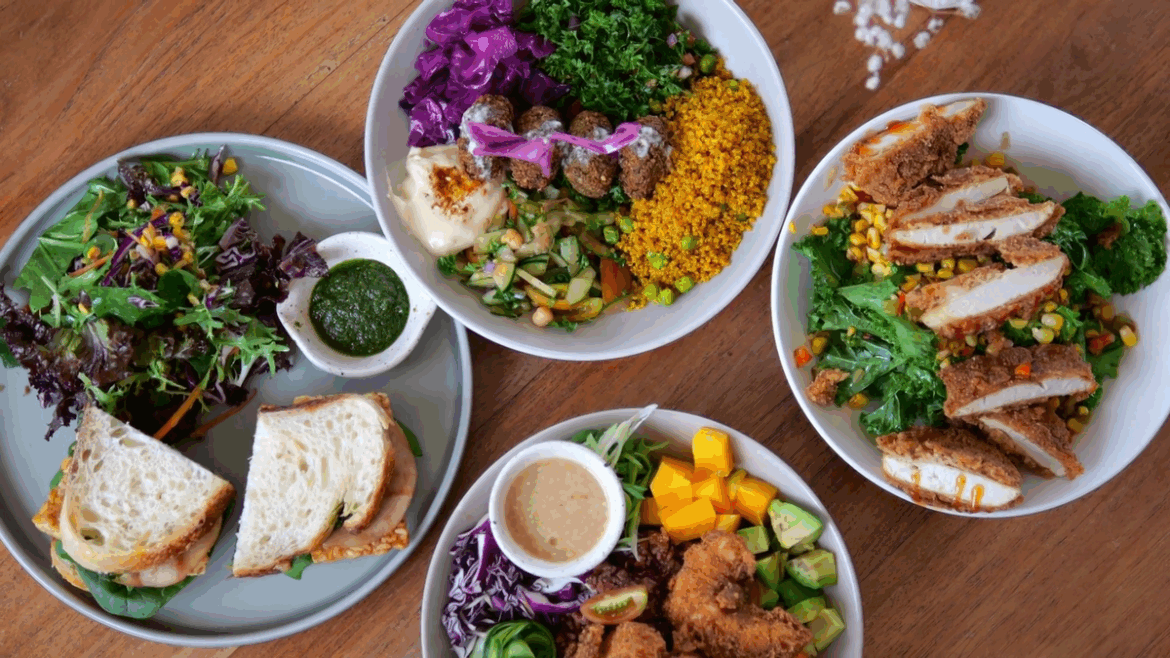Marc O’Meara is a senior clinical nutritionist at Brigham and Women’s Hospital and says that protein is the latest health obsession.”Protein is the one part of your meal that will go up and tell your brain that you’re full. Another thing is blood sugar control, it basically kind of blocks the sugars and slows them down so that they enter much more slowly into your bloodstream to have good energy, good brain function, good moods. The other piece is muscle. So, when you eat protein, it can help build muscle,” he said.Putting on muscle as we age is a major target for many.”Usually around 40 or soon after that is usually when we start to lose muscle mass,” says O’Meara.O’Meara says the combination of protein and strength training is how you combat that issue. “It helps us to prevent falls and frailty. When we’re younger, it can really help us to prevent a lot of these chronic diseases like diabetes and can make you feel better and stronger and look better overall,” says O’Meara.Many of the foods you may already eat can pack a protein punch depending on your choices. For example, one large egg is about 7 grams of protein and for a palm-sized portion of chicken breast, it’s about 30 grams.But is there a magic number of grams we should be aiming for in our diets?”There’s no one set number for everybody. And even within that, there’s also different protein ranges depending on what the person’s health is,” said O’Meara. However, there is a way you can calculate a good starting point for your recommended daily protein needs. You multiply your body weight by 0.36 grams.”If I was taking care of like a 110-pound woman, that would mean that she’d need about 45 to 50 grams of protein per day,” says O’Meara.That number can change depending on your protein goals. O’Meara says protein and the muscle mass it can build are key to boosting your metabolism.
BOSTON —
Marc O’Meara is a senior clinical nutritionist at Brigham and Women’s Hospital and says that protein is the latest health obsession.
“Protein is the one part of your meal that will go up and tell your brain that you’re full.
Another thing is blood sugar control, it basically kind of blocks the sugars and slows them down so that they enter much more slowly into your bloodstream to have good energy, good brain function, good moods. The other piece is muscle. So, when you eat protein, it can help build muscle,” he said.
Putting on muscle as we age is a major target for many.
“Usually around 40 or soon after that is usually when we start to lose muscle mass,” says O’Meara.
O’Meara says the combination of protein and strength training is how you combat that issue.
“It helps us to prevent falls and frailty. When we’re younger, it can really help us to prevent a lot of these chronic diseases like diabetes and can make you feel better and stronger and look better overall,” says O’Meara.
Many of the foods you may already eat can pack a protein punch depending on your choices. For example, one large egg is about 7 grams of protein and for a palm-sized portion of chicken breast, it’s about 30 grams.
But is there a magic number of grams we should be aiming for in our diets?
“There’s no one set number for everybody. And even within that, there’s also different protein ranges depending on what the person’s health is,” said O’Meara.
However, there is a way you can calculate a good starting point for your recommended daily protein needs. You multiply your body weight by 0.36 grams.
“If I was taking care of like a 110-pound woman, that would mean that she’d need about 45 to 50 grams of protein per day,” says O’Meara.
That number can change depending on your protein goals. O’Meara says protein and the muscle mass it can build are key to boosting your metabolism.

